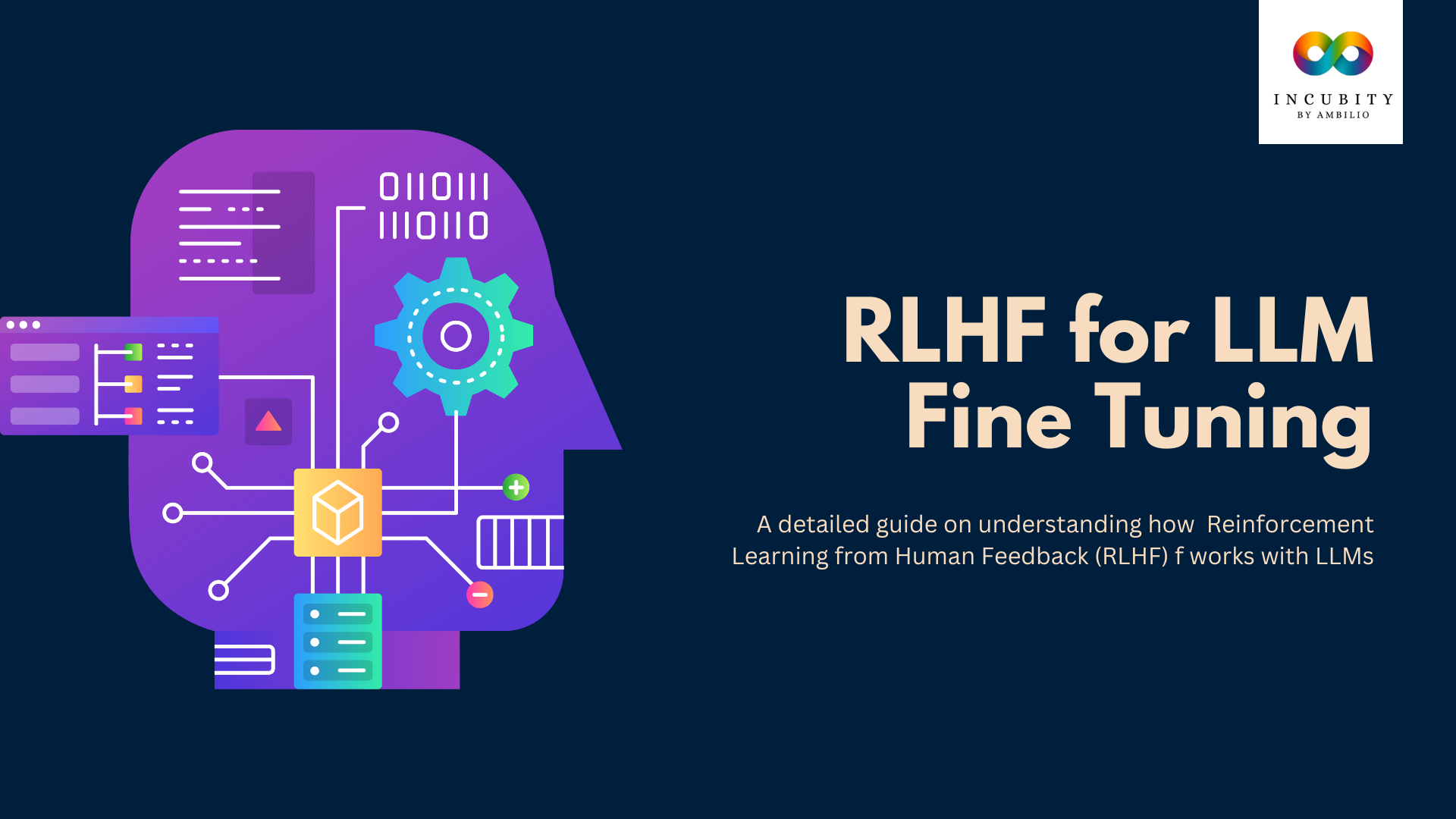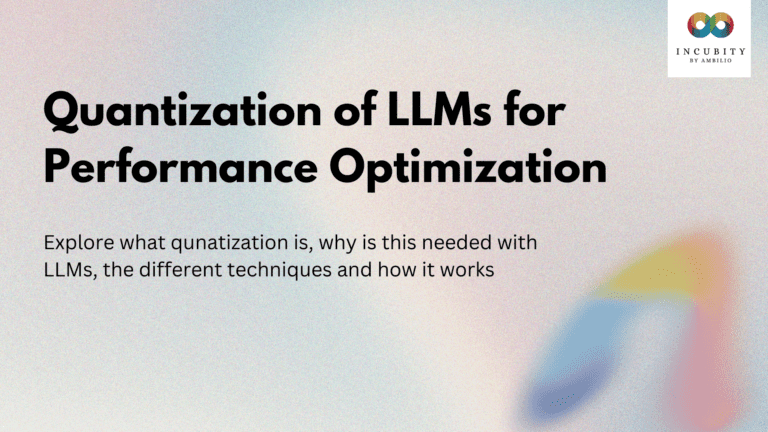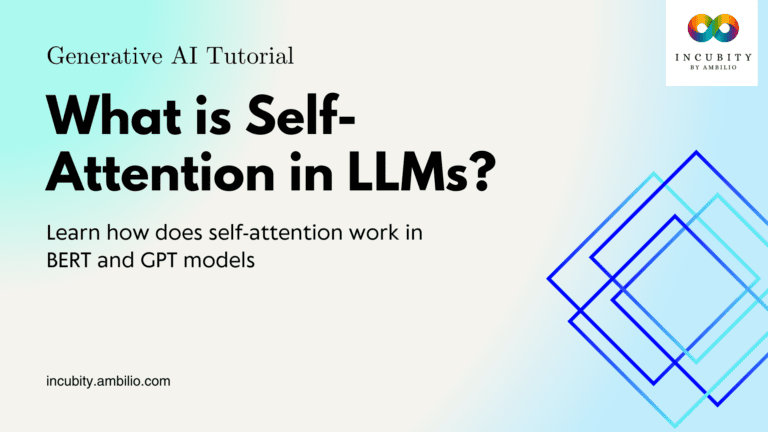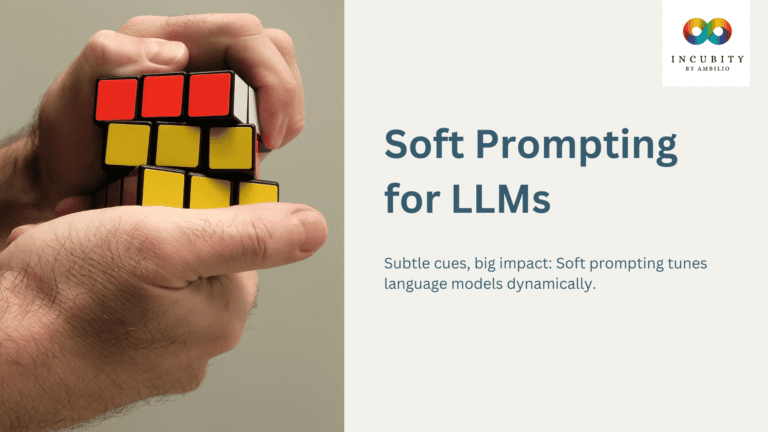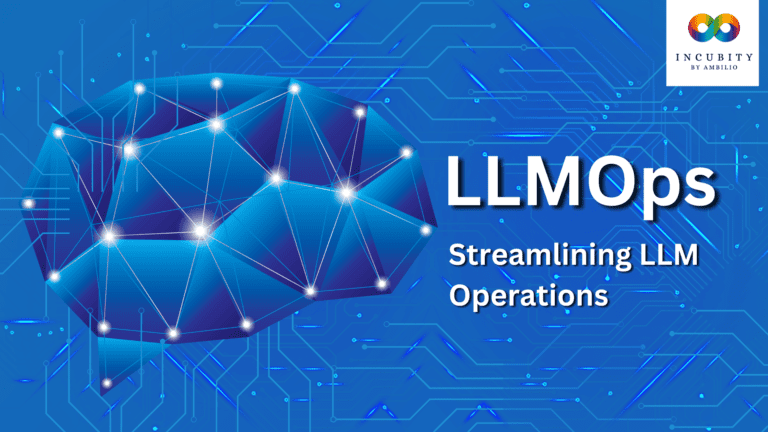The rise of large language models (LLMs) like GPT-4, Gemini, etc. has revolutionized the field of artificial intelligence. However, LLMs trained on vast datasets can still exhibit biases, factual inaccuracies, and safety concerns. This is where reinforcement learning from human feedback (RLHF) comes in. RLHF offers a powerful approach to fine-tune LLMs, aligning their outputs with human preferences and values.
What is RLHF?
Imagine an LLM as a student and human feedback as teacher guidance. In RLHF, the LLM (the student) generates outputs (text, code, translations, etc.). Human evaluators (the teachers) provide rewards for desirable outputs and penalties for undesirable ones. The LLM then uses this feedback to adjust its behavior, aiming for outputs that please its human teachers.
Key Components of RLHF
- Pre-trained LLM: This serves as the foundation for RLHF. Popular choices include GPT-3, Jurassic-1 Jumbo, and Megatron-Turing NLG.
- Human Evaluators: These are individuals who provide feedback on the LLM’s outputs. They should have expertise in the relevant domain and understand the desired goals for the LLM.
- Reward Model: This translates human feedback into rewards and penalties for the LLM. It needs to be carefully designed to accurately reflect human preferences and avoid introducing bias.
- RL Algorithm: This optimizes the LLM based on the rewards and penalties. Popular choices include Q-learning and policy gradient methods.
RLHF Workflow
- Start with a pre-trained LLM.
- Present the LLM with tasks or prompts. These could involve generating text formats like poems, code, scripts, musical pieces, email, letters, etc., translating languages, or providing summaries.
- The LLM generates outputs.
- Human evaluators provide feedback. This can be through ratings, annotations, or direct comments on the LLM’s outputs.
- The reward model interprets feedback and assigns rewards and penalties.
- The RL algorithm uses the rewards and penalties to update the LLM’s internal parameters. This essentially guides the LLM towards generating outputs that receive higher rewards from humans.
- Repeat steps 2-6. The iterative process of generating outputs, receiving feedback, and learning through RL continues until the desired LLM performance is achieved.
Benefits of RLHF
- Aligns LLMs with human values: RLHF helps LLMs understand and act according to human preferences, promoting responsible and trustworthy AI.
- Improves LLM performance: Specific feedback targets desired outcomes, leading to more accurate and relevant outputs in specific tasks.
- Reduces dependence on large datasets: Human feedback can supplement limited training data, making LLM training more efficient.
- Adapts to diverse settings: Feedback can be tailored to specific contexts and user needs, leading to personalized and relevant LLM responses.
Challenges and Considerations
- Scalability: Providing enough human feedback for complex tasks can be resource-intensive.
- Bias and noise: Human evaluators can introduce bias, affecting the LLM’s learning. Careful selection and training of evaluators is crucial.
- Security vulnerabilities: Malicious feedback could manipulate the LLM for harmful purposes. Robust security measures are necessary.
Building an RLHF System
- Define your goals and desired LLM behaviors. What specific tasks or outcomes do you want the LLM to excel at?
- Choose a pre-trained LLM and design your task environment. Consider factors like the LLM’s capabilities and the complexity of your tasks.
- Recruit and train human evaluators. Ensure they understand your goals and provide consistent, high-quality feedback.
- Develop your reward model. This needs to accurately reflect human preferences and avoid introducing bias.
- Choose an RL algorithm. Different algorithms have different strengths and weaknesses; consider your specific needs.
- Monitor and evaluate your RLHF system. Track LLM performance and adjust the system as needed to ensure optimal learning and alignment with your goals.
FInal Words
RLHF holds immense potential for shaping the future of LLMs. By leveraging human feedback, we can unlock LLMs’ true capabilities, making them more responsible, trustworthy, and aligned with human values. However, it’s crucial to address the challenges and develop ethical and responsible implementation strategies. As we move forward, RLHF has the potential to transform how we interact with AI, leading to a future of more meaningful and beneficial partnerships between humans and machines.

